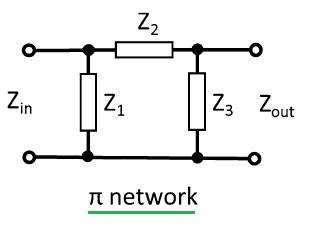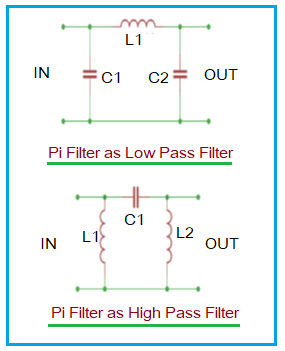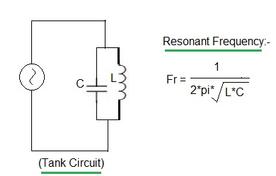Pi Filter Circuits: Advantages and Disadvantages
Advertisement
This page explains the Pi filter circuit, its schematic, and how it works. It outlines the benefits (advantages) and drawbacks (disadvantages) of using a Pi filter.
Introduction
There are three basic impedance matching filters:
- L network
- T network
- π network
L networks are straightforward to implement because they only require two components. Moreover, L networks don’t change the Q factor of the circuit.
T and π networks are more complex than L networks, but they are often preferred because they generate higher output voltages with lower ripple factors.
What is a Pi Filter?
A network with components (L, C, R) connected in a π shape is called a pi network. A filtering device that uses L and C in a π shape is called a Pi filter. It can be used with both full-wave and half-wave rectifiers.

Figure 2 shows the use of a Pi filter as a Low Pass Filter (LPF) and a High Pass Filter (HPF).
- LPF Configuration: Two capacitors are connected in parallel at the input and output, while an inductor is connected in series.
- HPF Configuration: Two inductors are connected in parallel at the input and output, while a capacitor is connected in series.

Pi Filter Equations: Low Pass Filter
- Cut-off frequency (Fc): Fc = 1 / (π * √(L * C))
- Capacitance (C1, C2): C = 1 / (Z0 * π * Fc)
- Inductance (L1): L = Z0 / (π * Fc)
Where Z0 is the characteristic impedance (typically 50 or 75 Ohms).
Pi Filter Equations: High Pass Filter
- Cut-off frequency (Fc): Fc = 1 / (4 * π * √(L * C))
- Capacitance (C1): C = 1 / (4 * Z0 * π * Fc)
- Inductance (L1, L2): L = Z0 / (4 * π * Fc)
Where Z0 is the characteristic impedance (typically 50 or 75 Ohms).
Advantages of Pi Filters
The following are the benefits or advantages of using a Pi filter:
- Easy to implement in RF circuit designs.
- The three components are easily accessible for desoldering and resoldering.
- Provides higher output DC voltages.
- Delivers output with significantly lower AC ripple.
- Offers better load regulation compared to L-type filters.
Disadvantages of Pi Filters
The following are the drawbacks or disadvantages of Pi filters:
- Requires high-value capacitors, making them bulky. This is a major concern in designs with space constraints.
- Not suitable when load current varies, as they offer poor voltage regulation.
- Not suitable for high current flow. This necessitates bulky and expensive series inductors.
Advertisement
 RF
RF








